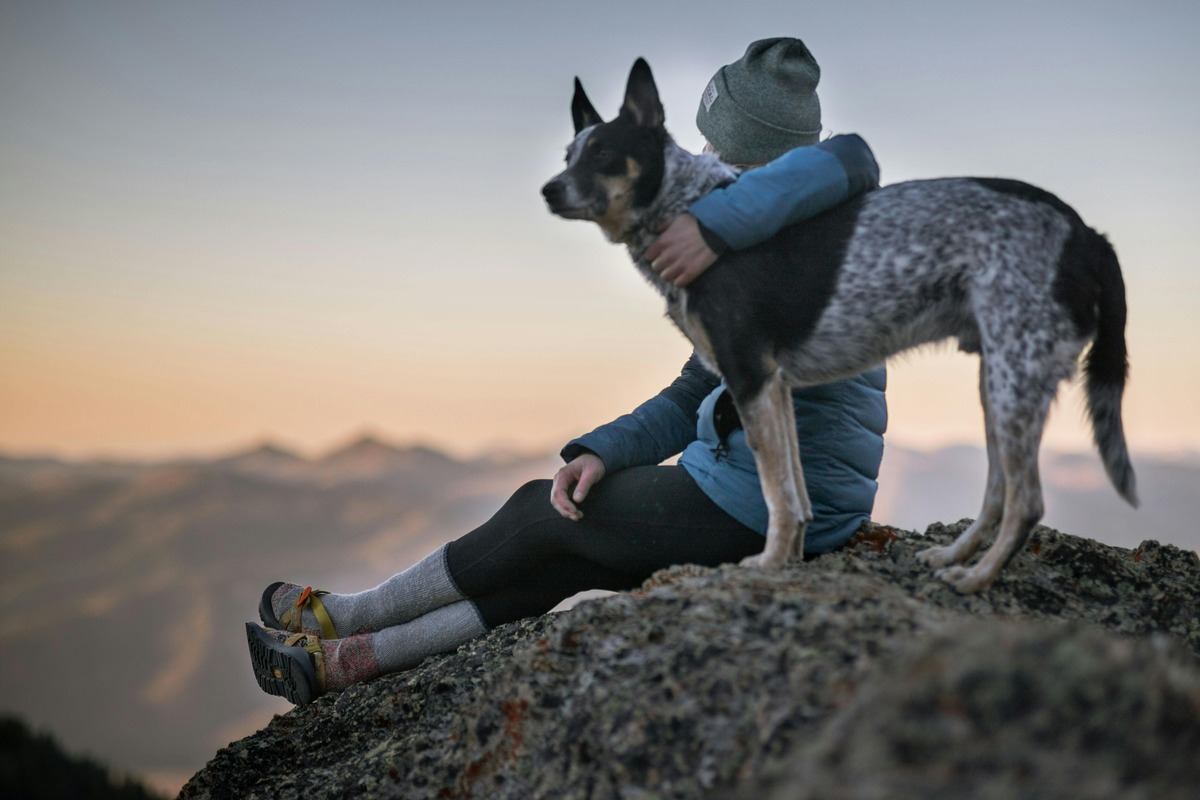Hiking with your dog is one of the best ways to explore nature, get exercise, and strengthen your bond. Whether it’s a local trail, a mountain path, or a weekend camping trip, bringing your dog along can turn a simple hike into a memorable adventure. However, hiking safely with a dog requires planning, awareness, and respect for both your dog’s needs and the environment.
In this article, you’ll learn how to prepare for a safe and enjoyable hiking experience with your dog, what essentials to bring, and how to handle unexpected challenges on the trail.
Know your dog’s fitness level
Before hitting the trail, consider your dog’s:
- Age: Puppies and seniors may not have the stamina for long or difficult hikes.
- Breed: Some breeds (like retrievers and shepherds) thrive on trails, while flat-nosed breeds (like bulldogs) may struggle with heat and endurance.
- Health: Dogs with joint issues, heart conditions, or respiratory problems should have a vet’s approval before hiking.
- Experience: If your dog is new to hiking, start with short, easy trails and build up gradually.
Not every dog is suited for every hike, and that’s okay. Choose adventures that match your dog’s physical capabilities.
Research dog-friendly trails
Not all trails allow dogs, and some have specific rules you must follow.
Before you go:
- Check if dogs are allowed (some national parks prohibit them)
- Look for leash regulations (many trails require leashes at all times)
- Read reviews to find out about trail conditions and hazards
- Check for wildlife warnings, like bears or snakes
Respect local regulations — they exist for the safety of both pets and wildlife.
Pack the right gear
A successful hike starts with the right supplies. For your dog, pack:
- A sturdy leash (and possibly a backup)
- A well-fitting harness or collar with ID tags
- Plenty of water and a portable dog bowl
- Enough food or treats for energy
- Poop bags (always clean up after your dog)
- A basic first-aid kit (include items like bandages, antiseptic wipes, tweezers)
- Protective gear if needed (booties for rough terrain, cooling vests for hot weather)
- A towel for muddy paws or unexpected swims
If the hike is long, consider a lightweight dog backpack — but introduce it at home first and keep the load light.
Train good trail manners
Good behavior on the trail makes hiking safer and more enjoyable for everyone.
Teach and reinforce:
- Reliable recall (coming when called)
- Sit or down on command when other hikers pass
- Walking calmly on a leash without pulling
- Ignoring wildlife or other dogs
If your dog tends to bark excessively or chase animals, keep them leashed and under control at all times.
Protect paws and prevent overheating
Your dog’s paws need protection on rough, rocky, or hot trails. Check paw pads frequently for cuts, cracks, or lodged debris.
Tips to protect paws:
- Use dog booties for rocky or hot surfaces
- Apply paw balm before and after hiking
- Choose early morning or evening hikes in summer to avoid peak heat
- Take frequent water breaks
Remember, dogs can’t sweat like humans — they rely on panting to cool down. Overheating can happen quickly, especially in humid or exposed environments.
Signs of overheating include:
- Excessive panting or drooling
- Bright red gums
- Staggering or weakness
- Vomiting or diarrhea
If you see these signs, stop immediately, move to shade, offer water, and cool your dog with wet cloths. Seek veterinary care if symptoms persist.
Watch for trail hazards
Nature is beautiful but unpredictable. Stay alert for common hiking hazards:
- Burrs, thorns, and sharp rocks
- Insects like ticks, fleas, or biting flies
- Poisonous plants (like poison oak or mushrooms)
- Fast-moving rivers or unstable terrain
- Wildlife encounters (snakes, coyotes, bears)
Keep your dog close and supervised at all times. It’s safer for your dog, for wildlife, and for the environment.
Mind your dog’s energy
Even active dogs can tire quickly on tough hikes. Pay attention to their body language:
- Slowing down
- Lying down during breaks
- Panting heavily
- Refusing to continue
Take plenty of breaks in shady spots, offer water often, and never push your dog past their limit. The goal is an enjoyable outing, not a test of endurance.
If necessary, turn back early rather than risking exhaustion or injury.
Respect trail etiquette
Sharing the trail means being courteous to other hikers, dogs, and wildlife.
Best practices include:
- Yield to uphill hikers
- Step off the trail to allow faster hikers or groups to pass
- Keep your dog leashed unless in a designated off-leash area
- Always pack out dog waste — burying it is not enough
- Minimize barking and disruptive behavior
Good etiquette makes trails safer and more enjoyable for everyone.
After the hike: check and recover
When you return from your adventure:
- Check your dog for ticks, burrs, cuts, or sore spots
- Brush out debris from their coat and paws
- Give them a cool-down walk at a slower pace
- Offer food and water gradually to avoid bloating
- Let them rest in a cool, quiet space
If you notice limping, swelling, or other signs of injury, consult your veterinarian promptly.
Hiking memories to cherish
Hiking with your dog builds incredible memories — shared sights, smells, and experiences that strengthen your bond and enrich your dog’s life. With a little planning, awareness, and flexibility, your adventures together can be safe, rewarding, and unforgettable.
Always prioritize your dog’s health and happiness on the trail. Listen to their needs, prepare for the unexpected, and enjoy the special connection that comes from exploring the world side-by-side.

